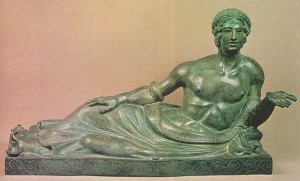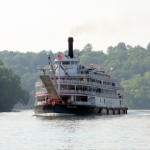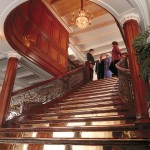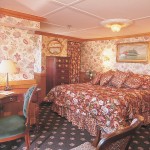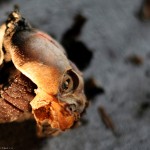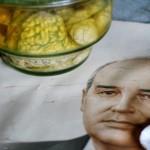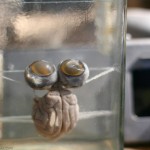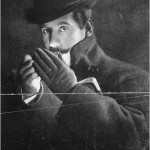Way back in December I posted about a huge fortune of 17 tons of silver and gold a private treasure hunting firm found on a shipwreck presumed to be the Spanish. Spain is taking the company to court over ownership rights to the salvage.
Peru filed a claim Tuesday in U.S. District Court in Tampa to determine where the coins originated, entering the fray over the $500 million loot found on a sunken ship by Tampa-based Odyssey Marine Exploration. Odyssey has been fighting the Spanish government for ownership of the ship and its contents.
Peruvian consumer rights advocates contend the coins were made with Peruvian metals and minted in Lima. When Nuestra Senora de las Mercedes y las Animas sank west of Portugal with more than 200 people on board in 1804, Peru was still a Spanish colony.
Bold move. There isn’t a Spanish gold ship which crossed the Atlantic without Peruvian specie. If they pull this off, Peru will have a claim to billions of dollars worth of discovered and undiscovered treasure.
The legal tangle is immense. I don’t see this being resolved any time soon, or possibly at all. Meanwhile, Odyssey has possession of $500 million worth of gold and silver coins. If they can pop it all into an interest-bearing account somewhere, they’ll be billionaires by the time the case/s is/are decided.
